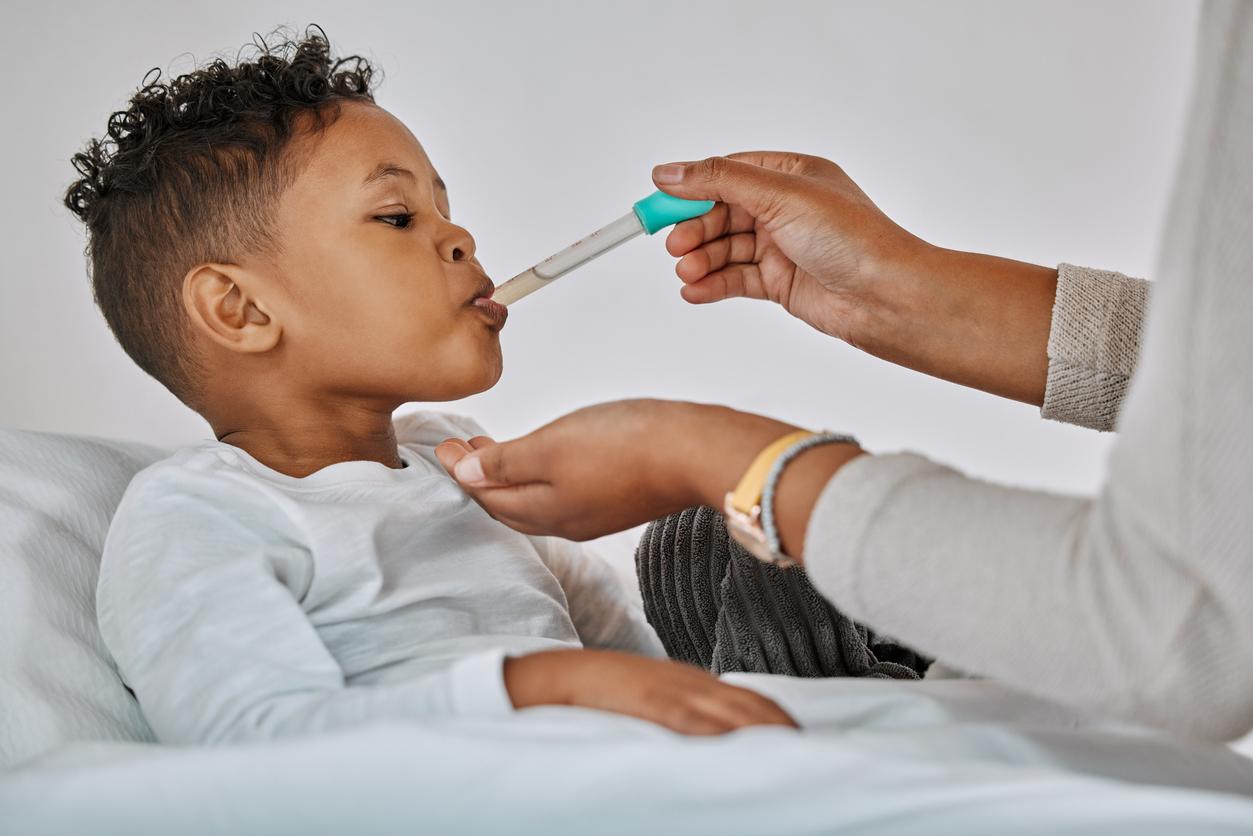The World Health Organization (WHO) recently announced the launch of its first-ever list of priority pediatric formulations for antibiotics, part of an effort to spur more research and development geared toward the needs of infants and children.
Age-appropriate formulations needed for some legacy drugs
Drugs on the Pediatric Drug Optimization (PADO) priority list include antibiotics with an approved pediatric indication that don't have age-appropriate formulations, with a goal of development in 3 to 5 years. It includes three legacy antibiotics that have pediatric indications but no optimal formulation: amoxicillin-clavulanate, azithromycin, and nitrofurantoin. Cefiderocol, a reserve antibiotic for treating multidrug-resistant bacteria in adults, is still under investigation for use in infants and children
Meanwhile, drugs on the PADO watch list include antibiotics that are in clinical development as well as those that already have been approved but lack pediatric indications. The goal is for studies in children to take place within 5 to 10 years for these drugs. The group added cefepime-taniborbactam and sulbactam-durlobactam to the watch list to speed the investigation of the two promising products for kids, given that clinical development in adults is progressing.
The group also highlighted two noteworthy antibiotics that are in the pipeline: cefepime-zidebactam and aztreonam-avibactam.
Familiar development challenges even tougher for children's drugs
WHO officials said bacterial infections, including pneumonia, neonatal sepsis, and gastrointestinal infections, are leading causes of infectious disease death in children younger than 5. Although there are many antibiotic classes, multiple challenges exist for treating young patients with bacterial infections, including lack of access to existing medications and to high-quality microbiology lab services, especially in low- and middle-income countries.
Hanan Balkhy, MD, PhD, assistant director-general of the WHO's antimicrobial resistance (AMR) division, said in a statement, "The development of medicines for children lags unacceptably behind that for adults. Antimicrobial resistance complicates this even further."
The group emphasized that the overall lack of investment and poor clinical trial infrastructure for antibiotic research, especially regarding studies in children, exacerbates the AMR threat. Across diseases, the development of treatments for children lags behind that for adults by nearly a decade due limited investment, lack of market incentives, and other reasons.
Building on a track record for other disease treatments
John Reeder, PhD, a chief scientist at the WHO, said developing a prioritized medicine portfolio on the most needed medications for kids can help streamline researchers' and suppliers' efforts and resources. The WHO has used the PADO process in the past to successfully accelerate the development of products used for conditions including HIV, hepatitis C, and tuberculosis.
The efforts follow the World Health Assembly resolution in 2016 to promote innovation and access to quality, safe, effective, and affordable medicines for children and work by the WHO and its partners scaling up actions to ensure that age-appropriate formulations are available for children.
Meetings to put together the PADO lists were held in November and December 2022. The WHO has summarized the research priorities in a detailed, separate meeting report.
























